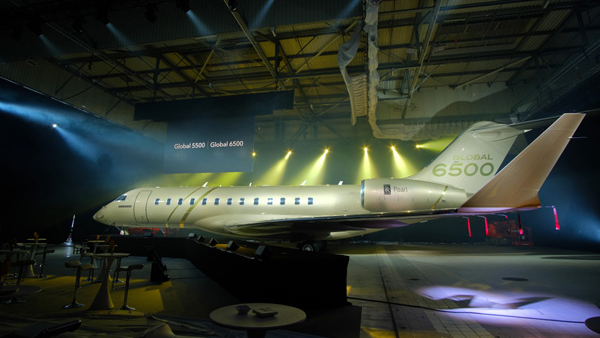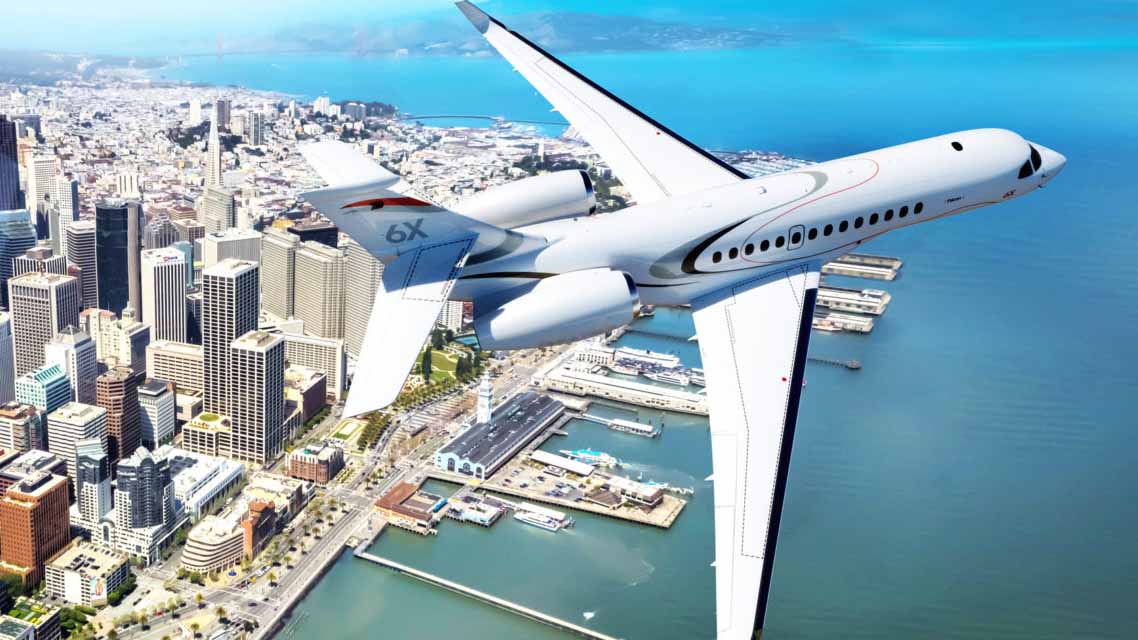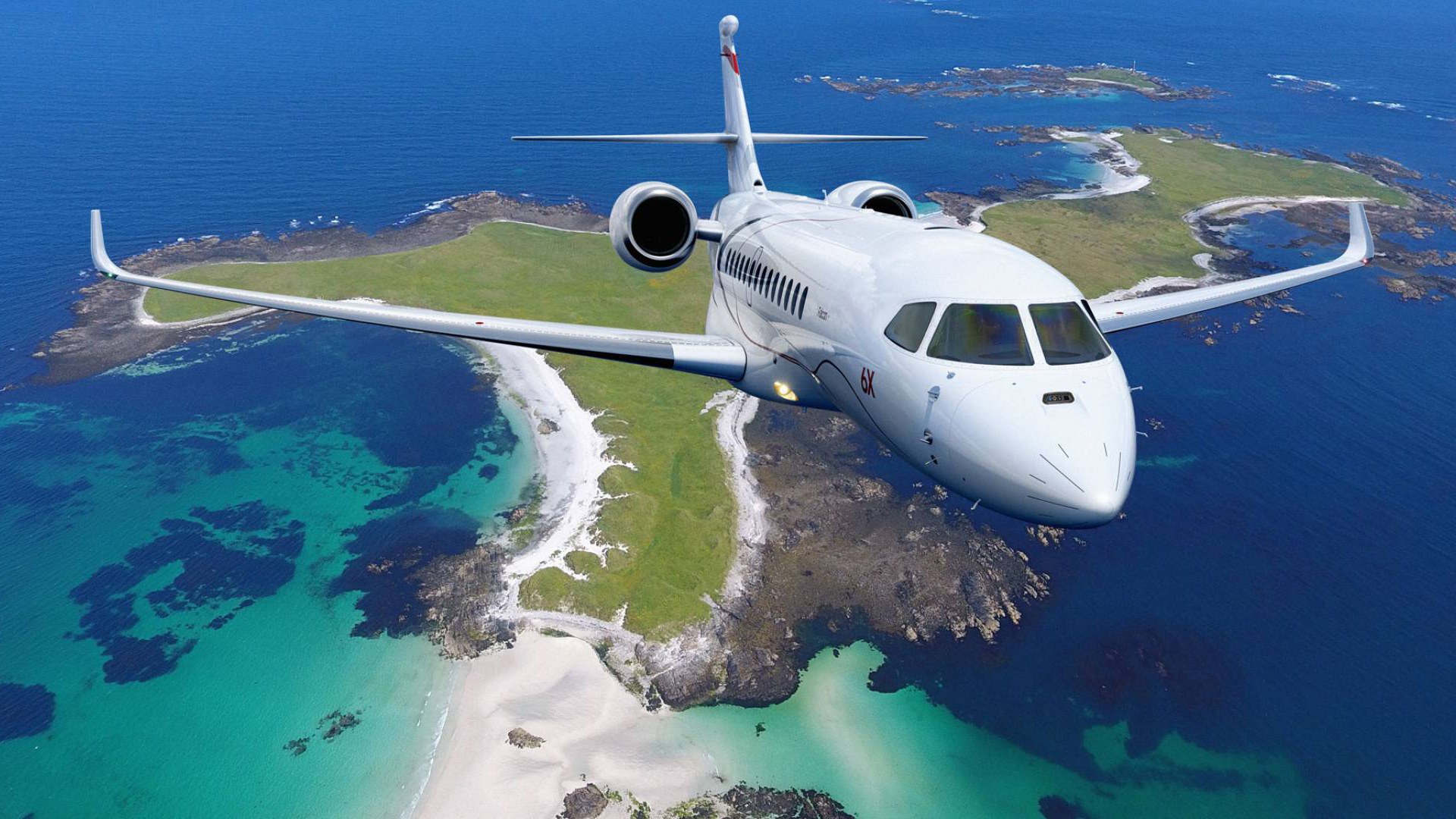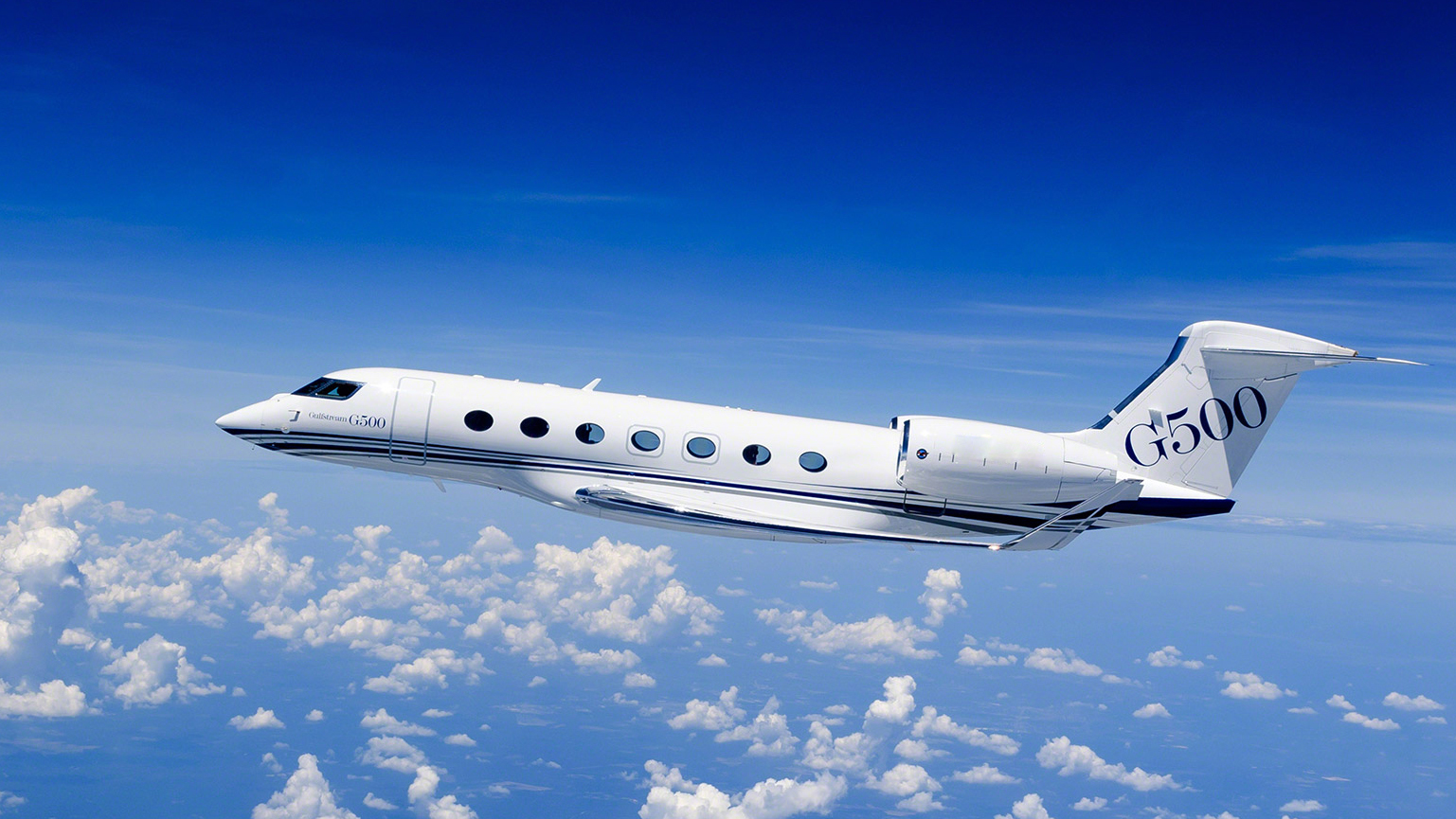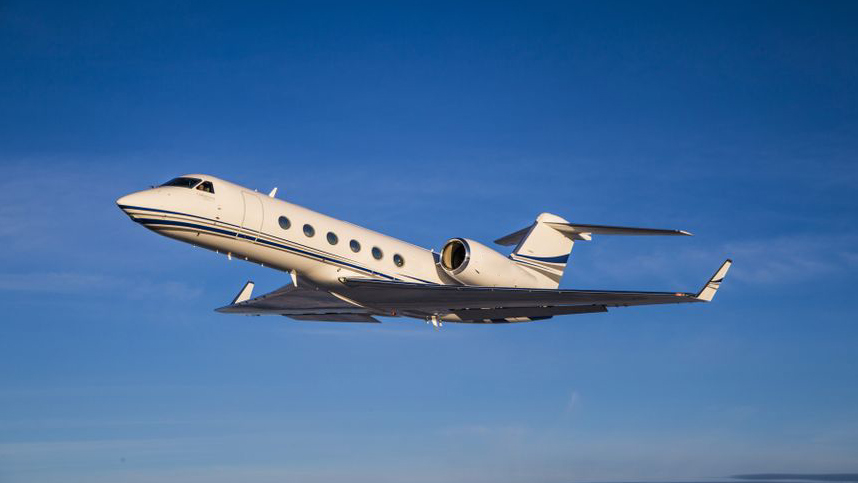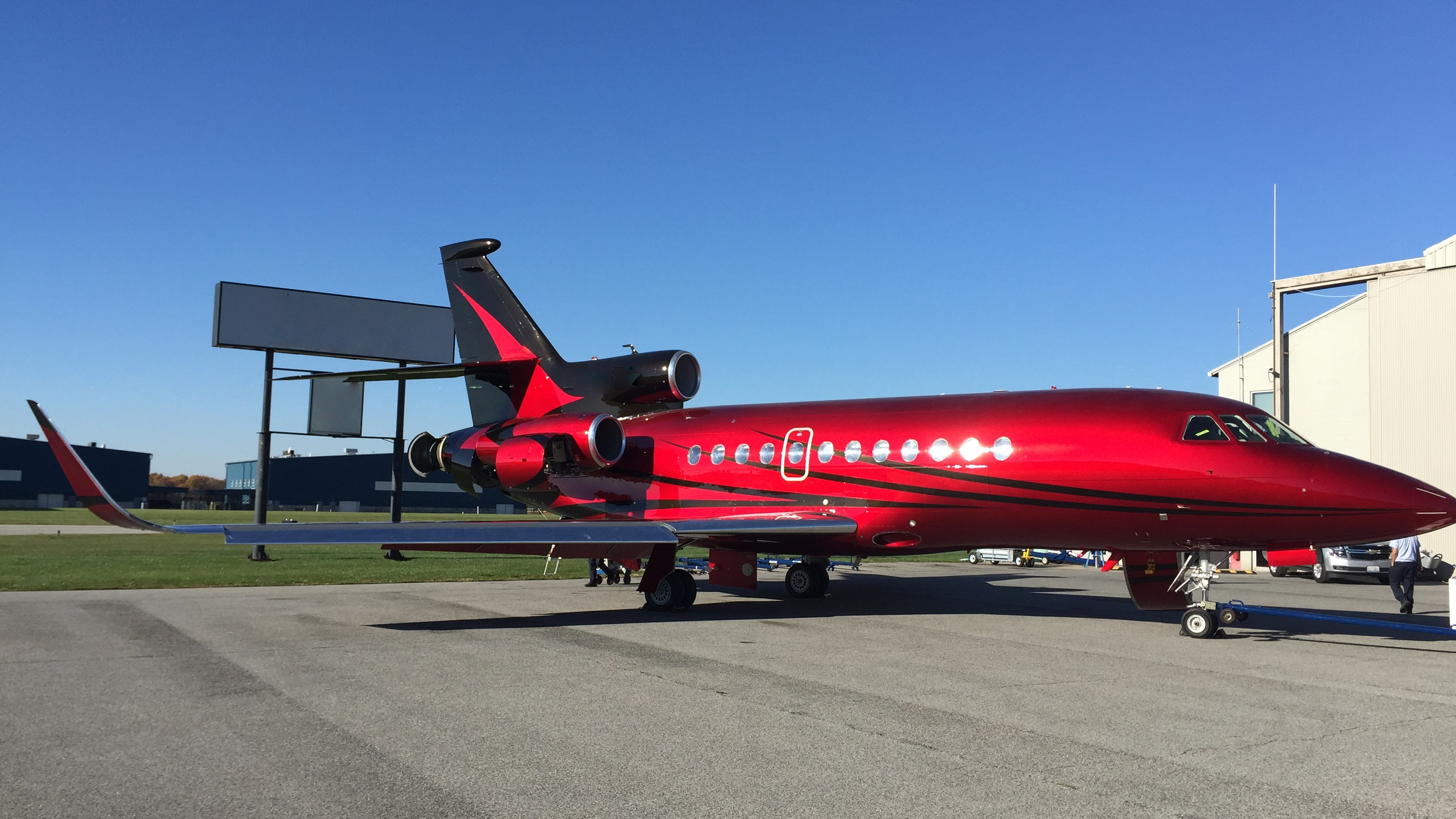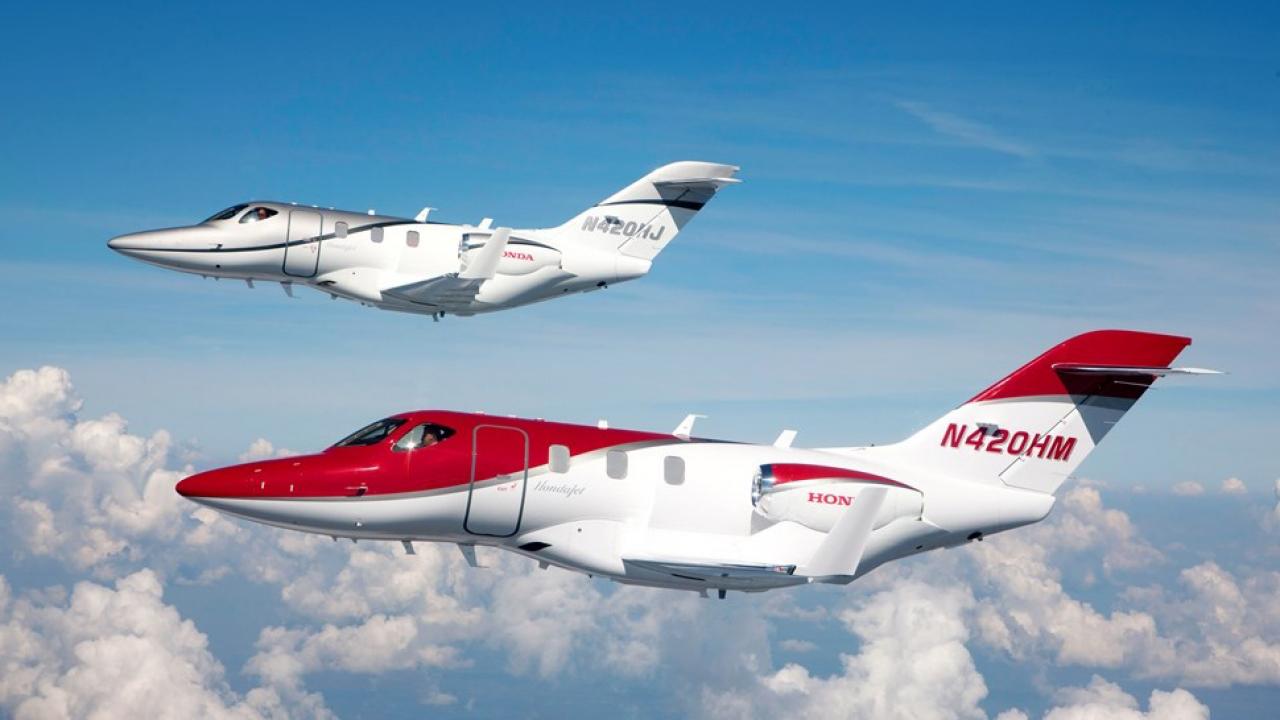Bombardier Adds Two More Globals to Family
Global 5500 and Global 6500 Two new additions to Bombardier’s Global family were unveiled on the eve of EBACE: the Global 5500 and 6500. The flight test aircraft is making a surprise appearance here powered by a new family of engines from Rolls-Royce, the Pearl, developed under cover and certified secretly in February. The Global 5500 and 6500 take the current Global 5000 and 6000, respectively, and boost their speed and performance with new engines and a wing with a re-profiled trailing edge. Range with eight passengers at standard cruise of Mach 0.85 is extended by 500 nm, but by as much as 1,300 nm from hot-and-high locations such as Toluca, Mexico, to 5,700 and 6,600 nm, respectively. Mmo is Mach 0.90. The aircraft will be produced on the same line as the Global 5000 and 6000, which will continue to be available. The four models will offer mission, capability and price points to appeal to different customer requirements. First deliveries are planned by the end of next year. The Global 5500/6500 Rockwell Collins flight deck is the first to seamlessly merge infrared and synthetic images into a single view, Bombardier says. Advanced weather radar detection, real-time air traffic information, and improved airport moving maps are all incorporated in the latest evolution of the Bombardier Vision Flight Deck. Many new features ate incorporated into the new aircraft, including the cabin’s Ka-band connectivity, fibre-optic-based cabin management systems and Nuage seating that Bombardier developed especially for the Global family. They will not, however, be offered for the Global 5000 and 6000. Other new features include a kitchen (“placed in the front of the aircraft, where it belongs,” says Bombardier), incorporating designer home features with high-end exposed appliances including a

 Cessna Citation Cj2
Cessna Citation Cj2 Hawker-Beechcraft Hawker 400XP
Hawker-Beechcraft Hawker 400XP Cessna Citation V
Cessna Citation V Beechcraft Premier IA
Beechcraft Premier IA Embraer Phenom 300
Embraer Phenom 300 Beechcraft King Air 350
Beechcraft King Air 350



